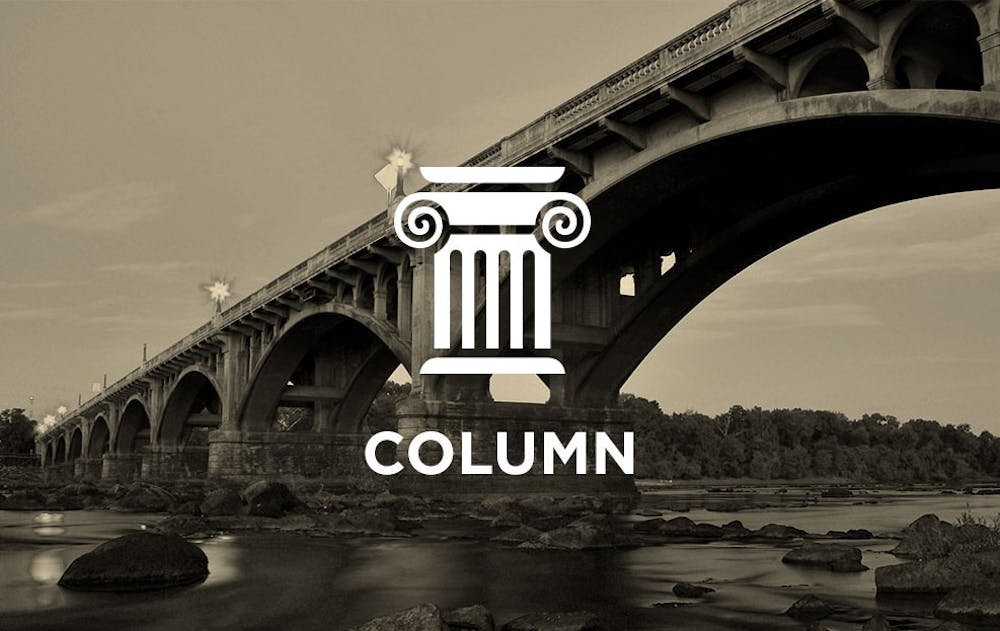Flood week has started to become a regular occurrence at our university. Roughly the same time every year, South Carolina seems to face significant threats of flooding or, as in 2015, significant flooding itself. With the National Oceanic Atmospheric Administration now predicting South Carolina to be in Hurricane Irma’s crosshairs, we may again be facing threats of devastating flooding. If anything, this should highlight just how important flood preparedness, particularly in infrastructure, can be.
The historic 2015 flooding in our state resulted in 19 deaths and $1.492 billion in damage. “Approximately 410 roads and bridges, including 74 miles of I-95 between I-26 and I-20, were closed during the event," said a National Weather Service report. This massive destruction cannot be overstated.
"There were 36 dam failures. Some major reservoirs, such as the Saluda Dam at Lake Murray, initiated flood control releases,” the report later stated. Parts of the state could have been described, quite literally, as having been underwater.
Hurricane Mathew, in the following year, also hit the state hard. While Columbia fared much better this time around, the coastal areas of the state were hit hard yet again with “exceptionally heavy rain totaling 10 to 18 inches [falling] across large sections of eastern South and North Carolina.” North Carolina took the brunt of the storm, but South Carolina still reported significant damage with 833,000 people losing power, “portions of Interstate 95” shut down and major evacuations.
With Hurricane Irma bearing down on at the state, one can only guess what sort of damage we will face this time around. Unfortunately, the prognosis isn’t good. Current models have Irma hitting the state as a Category 3 hurricane. We should expect, if Irma comes in at that strength, massive rainfall and winds as high as 125 miles per hour. Considering how much damage Matthew caused as just a Category 1 hurricane, we should be prepared for significant damage.
It seems as though South Carolina really can’t catch a break. However, this is not all just bad luck. Poor long term planning at the Statehouse has placed the state in a bind. Infrastructure spending has been historically poor in South Carolina, with roads, bridges, damns and coastal protection projects all suffering from a lack of long term investment. For example, 16 percent of roads and over 10 percent of bridges are in a poor state. This disrepair can prove deadly during a natural disaster, with road washouts and bridge collapses posing a significant risk to the population as well as hampering emergency responses. Furthermore, while cities like Charleston are taking steps to protect themselves from floods and storm surges, other coastal cities lack the local funding to do the same. Without intervention from the state, many of these cities will suffer from problems they have no ability to protect themselves from.
The state has taken some steps to address this problem, increasing infrastructure spending and passing the new gas tax. However, infrastructure investments take years to fully be realized, meaning we’re just playing a game of catch up instead of proactively dealing with problems that place the state at risk. Every year, South Carolinians suffer due to the state’s inaction and lack of forethought in this area. Hopefully the state government doesn’t need yet another wake up call to the disastrous implications of underfunded infrastructure. We’ve suffered enough.
With that in mind, I hope we are ready for Hurricane Irma, I hope we learned the lessons of the past few years and I hope we will realize that many of our problems are self-inflicted. For South Carolina to be truly safe, we must take our infrastructure seriously, even if this means higher taxes. We should not put the lives and livelihoods of hundreds of thousands at risk just save a buck.

